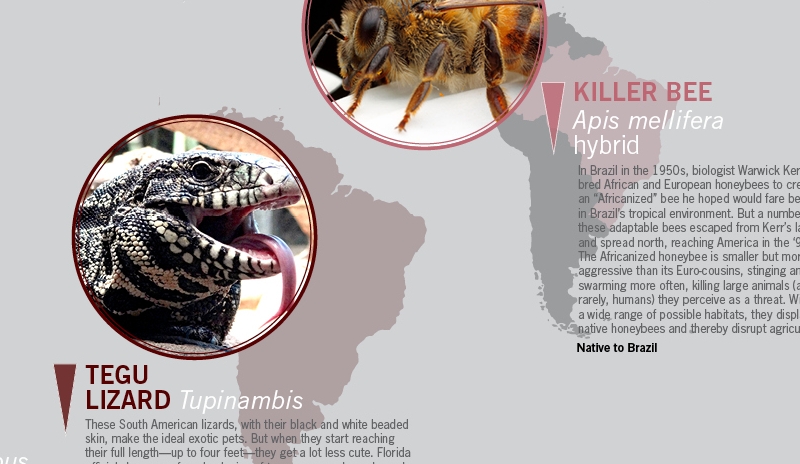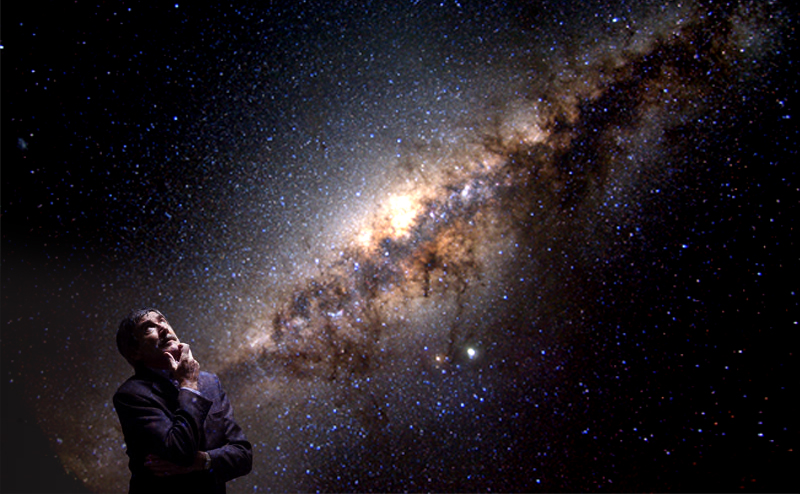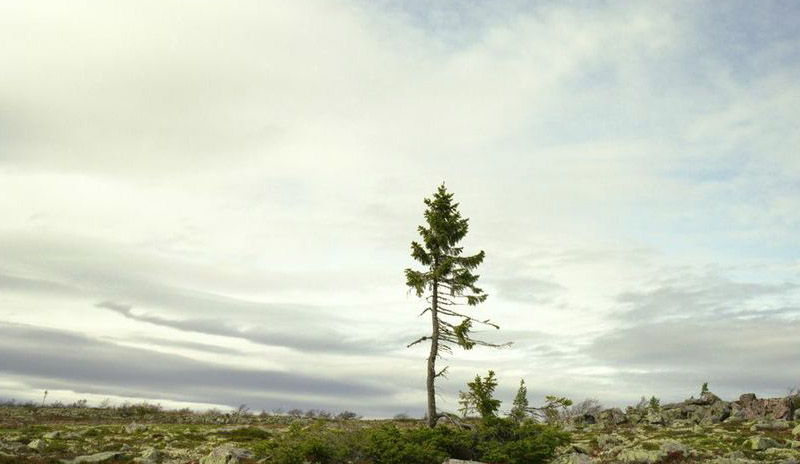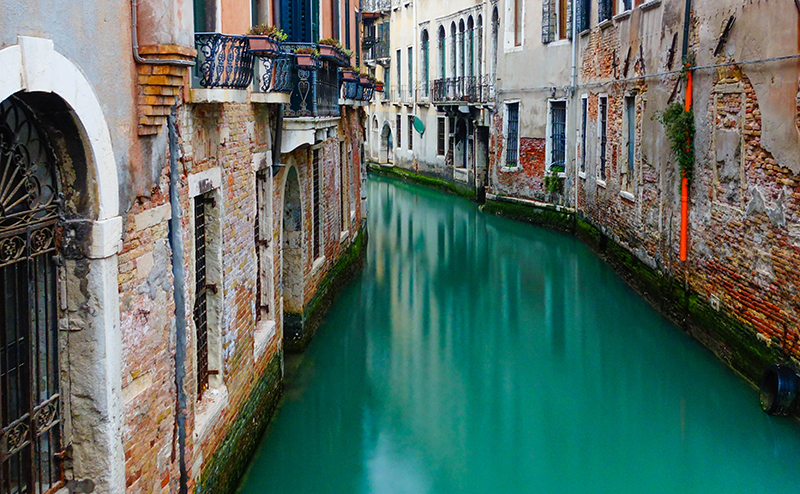Articles
If aliens landed in the White House Rose Garden tomorrow, they’d have some explaining to do…and the person they’re most likely to try explaining it to is Paul Davies, chair of SETI’s Post-Detection Task Group since 2005. As we discover more and more Earth-like planets (including the celebrated Kepler 186f, the first Earth-size exoplanet found in the so-called “habitable zone” around its star) bring questions about the origins of life newly into the media forefront, we asked Paul to elaborate on the odds of finding life out there, what forms it might take, and the one question he’d ask the aliens.
Read MoreArtist Rachel Sussman has crossed the globe taking pictures of long-lived creatures that put Methuselah (a mere 969-year-old spring chicken) to shame. 30 of her subjects, all clocking in at least 2,000 years on Earth, are stunningly depicted in her latest collection.
Read More
If you weren’t around for the events of Apollo 13, you might have seen the film dramatization of it. But just how accurate was the Apollo 13 movie? We took a look at the evidence, and as it turns out, the movie scores pretty high on accuracy. But it is not completely without flaws. Director Ron Howard devoted a considerable amount of energy into recreating the setting as accurately as possible. Exact replicas of the Apollo 13 modules and control rooms were built, and Howard filmed zero-gravity scenes in 25-second bursts on the same KC-135 airplane NASA used to train astronauts. The plane (sometimes known informally as the “Vomit Comet”) flies in steep parabolas, creating a sensation of weightlessness at certain points in the flight path. Altogether, the cast and crew spent nearly four hours weightless. Science writer Jeff Kluger—who, along with Apollo 13 mission commander Jim Lovell, wrote the book the movie was based on—worked as a consultant on the film. The commitment shows, as the reaction from real astronauts to “Apollo 13” was near-universal approval. “It’s really amazing,” Lovell told the New York Times shortly after the movie’s premiere in 1995. “Everything. The instrument panels, the console switches. …
Read More
To supply you for Easter morning conversations, we looked up a whole basketful of facts about this fascinating, ubiquitious culinary staple. (We’ve kept the focus on bird eggs, since it’s pretty rare to find an alligator, platypus or insect egg in your Easter basket.) Enjoy. How do eggs get their color in nature? While we dye eggs once a year, birds have found natural ways to make colored eggs all year round. Bird eggs can vary greatly in hue, from the bright blue found on the eggs laid by the tinamou or the robin to the speckly eggs of the killdeer. Egg color comes primarily from two kinds of pigments: biliverdin, which is blue-green (also found in bruises), and protoporphyrin, which is reddish-brown. These are laid on top of a shell that gets its base white color from its chief ingredient, calcium carbonate. Colors on eggs serve a variety of purposes: Bright eggs may help parents find their young, and are common to birds that nest in trees. Birds that nest on the ground like the nightjar or the piping plover typically lay “cryptic” eggs that are camouflaged to blend in with the vegetation and ground around them. Pigments may …
Read MoreRudely ignoring mankind’s widespread refusal to accept its truth, climate change has already begun reshaping our world: melting the ice caps, acidifying the sea, and stirring up wild weather. The recent IPCC report couldn’t be clearer: Our time with the Earth as we know it is limited, now. In fact, within the next generation or two, popular tourist destinations ranging from seashores to mountaintops to major world cities will begin to decline, and absent a level of global policy change or technological innovation that seems unthinkable, some will surely be radically altered or lost. So if you’ve been putting off that snorkeling trip to the Great Barrier Reef or that ski adventure to the Alps, time to get booking—the geological clock is ticking. The Shrinking Island Nations Islands don’t float; they are the tips of mountain ranges on the sea floor. They’re the canaries in the climate change coal mine: the first places to be directly, catastrophically threatened by rising sea levels. The denizens of The Maldives, Kiribati, and other island nations, have resigned themselves to becoming among the first climate change refugees. In 2009, the first of the 2,600 residents of the Carteret Islands, off the coast of Papua …
Read More
America is facing an animal invasion on multiple fronts. These invaders aren’t looking to start a war — only to make a home. But however benign their intentions might be, invasive species unfortunately pose threats to native species, and upset the balance of native ecosystems. Some are relatively new arrivals; others have been fortifying their position for more than a century. All are especially adept at out-eating and out-reproducing their native neighbors. To help you guard the home front, we lined up 12 of the most pernicious invasive animals in the U.S.
Read More












